News feed
HSN Lab: an industry-led cutting-edge research site at BME
2024. 07. 02.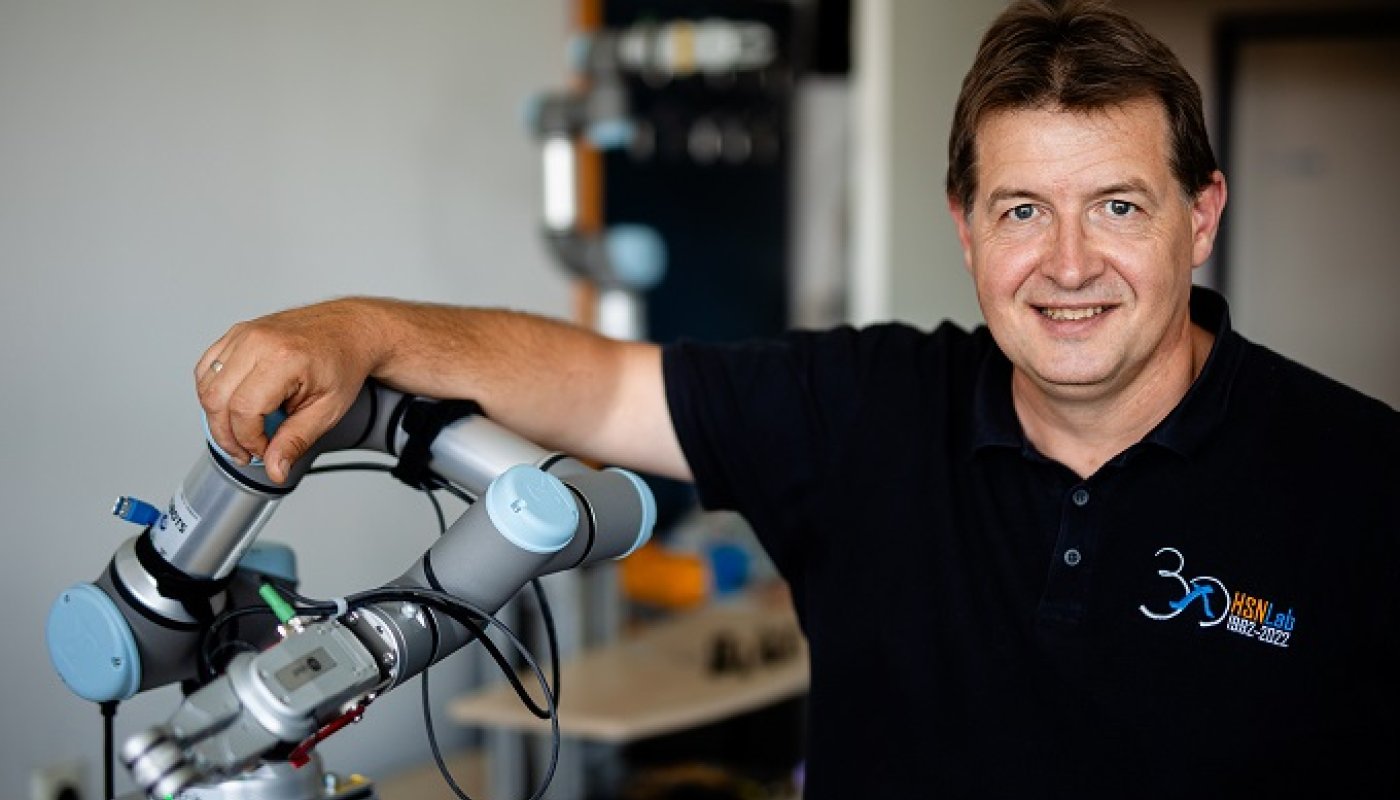
A robotic arm and a drone powered by artificial intelligence living in the cloud over a 5G/6G network - these are the projects being worked on by researchers at the BME HSN Laboratory. We had a discussion with lab manager Rolland Vida.
The High Speed Networks (HSN) laboratory was founded in cooperation with Ericsson on 16 May 1992. One of the initiators of the collaboration was Professor Géza Gordos, then head of the Department of Telecommunications and Telematics at BME. Talented students were also involved in the research and started working on their doctoral theses. In 1996, partly with members who were HSN researchers, the Ericsson Research TrafficLab division was established, with which the BME HSN Lab staff have been collaborating continuously for the last almost 30 years. The laboratory has other industrial partners and is involved in government-funded national projects, but this collaboration has been a key factor ever since.
We talked to Rolland Vida, Associate Professor of the Department of Telecommunications and Artificial Intelligence at BME, and head of the laboratory, about the joint research, the present and the future of the laboratory.
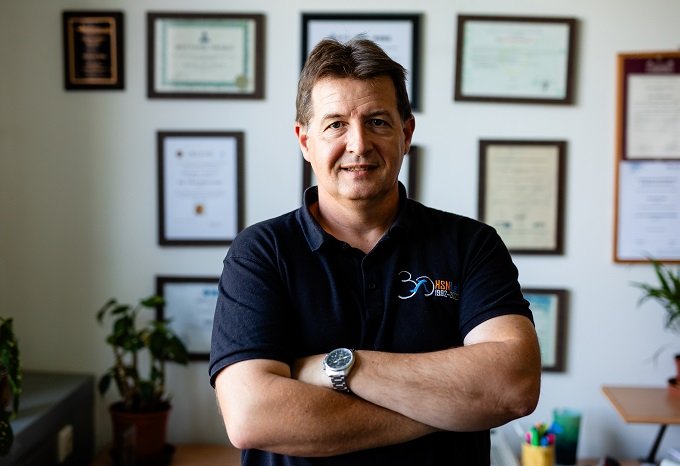
Over the past 32 years, many people have obviously worked in the laboratory. How many people are now doing research at HSN?
The lab currently employs 27 senior researchers, five of whom are DScs. Also 20 doctoral students are members of the lab, and several BSc and MSc students are involved in various projects. The collaboration with Ericsson starts as soon as the students are involved. We recruit students for independent lab work on the research topic proposals of our senior researchers, which then become a BSc-level thesis, and often carry on to MSc level research, either on the same topic or on another. Students can also be involved in short-term, specific R&D projects, and in lucky cases the thesis topic is chosen in advance to be linked to a project. Our lab is organically linked to departmental education, and we are largely dealing with subjects related to networking, but recently we have also started to move in new directions, as cloud services and technologies, as well as artificial intelligence, are areas that are attractive to students and very important for Ericsson.
Topics of research at the HSN Lab Design of fixed (optical), wireless and mobile (5G, 6G) networks, optimisation of network resources, performance and traffic monitoring Positioning in mobile networks, deterministic, time sensitive and non-terrestrial networks Internet of Things (IoT), sensor networks and their applications in industry, agriculture, transport, smart cities, smart homes, smart manufacturing (Industry 4.0, 5.0) Cloud technologies, services, cloud robots, drones Using artificial intelligence in the cloud and at the edge of networks, AI-based sports analytics, blockchain technologies Virtual, augmented and mixed reality (VR/AR/MR) |
How does industry-university cooperation work in practice?
In industry and academia, the mindset is a bit different, because while academics like to think in basic research directions, in industry they plan in much smaller time scales. There are topics that we propose, and if they are of interest to the company, we launch a project. But it is more common for them to give us the topic. We are open to these requests, it's not by chance that we have chosen "Industry driven cutting edge research" as our slogan.
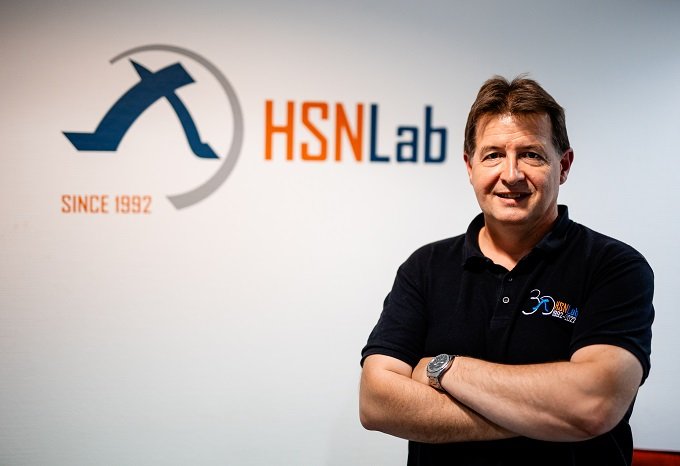
There is also a natural difference in thinking between academia and industry on publications and patents. Ericsson's interest is to ensure that the results of its research lead to as many patents as possible. Of course, once patents are granted, publications can be published. But the attitude of university people is a bit different: we want to publish our new results as soon as possible, publications are necessary for the doctoral process and for the career development of university colleagues. HSN Lab researchers have published more than 1,000 scientific papers, mostly in high quality journals and conferences, and a significant number of these papers have Ericsson co-authors. Unfortunately, we are not doing so well in the field of patents, and we intend to change this.
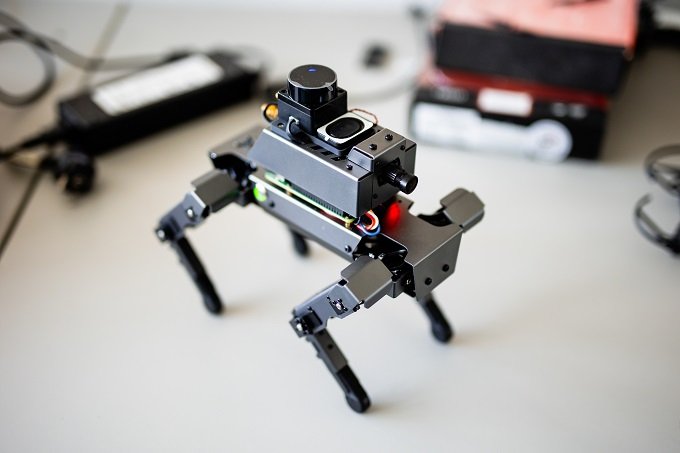
In addition to longer-term projects, our successful cooperation of more than 30 years also includes short-term (6-12 months) direct projects every year, during which we have a very close relationship with the company: we consult weekly and report on our work quarterly. These are projects in which the company also invests a lot of work, not just publishes the subject. The great advantage of this ongoing relationship is that if something changes along the way from the original objectives, or an interesting side issue is discovered, we can immediately turn the project in the desired direction.
How does BME benefit from this cooperation?
I think it's a win-win situation. We can use the knowledge of our team to create industrial solutions. Another important aspect is that the joint projects provide an additional source of funding that, while not reaching the salary level of industry, is attractive enough for those who deem it important to work in a university environment, while researching topics of importance to industry, working closely with a world-renowned industry player. And when choosing their thesis topics, our students are already involved in solving problems that have an industrial application. They get to know a company culture and make contacts. After graduation, many start their careers at Ericsson, as they did at the beginning.
| Associate Professor Rolland Vida has been head of the HSN Lab since 2018. He specialises in wireless sensor networks, IoT networks and their application in smart cities, multicast communication and peer-to-peer networks. He graduated in Computer Science in Cluj-Napoca in 1996 and received his PhD from Université Pierre et Marie Curie, Paris in 2002. He has been working at BME since 2003 and was a Bolyai scholarship holder of the Hungarian Academy of Sciences from 2007 to 2010. For more than 15 years he has been involved in the organisation of international scientific conferences around the world. For several years, he was the Chair of the Steering Committee of the Institute of Electrical and Electronics Engineers (IEEE) Communications Society Flagship Conferences and a board member of IEEE Smart Cities. He is currently the Vice President of Conferences for the IEEE Sensors Council. In 2014, he was awarded the Puskás Tivadar Prize for his professional achievements, and this year he was awarded the civilian degree of the Knight's Cross of the Hungarian Order of Merit. |
The HSN Lab is, and I say this with all due modesty, a model of successful collaboration between industry and academia. There are few examples of collaboration of this quality and depth over such a long period. More than 30 years, 110 PhDs, more than 1,000 scientific publications - all these are indicators of the excellence of BME. We are involved in a large number of national and EU projects, which enhances BME's international and industrial network. We have been able to partner with Ericsson in several EU projects, building on the company's visibility and lobbying power. Joint participation in international scientific conferences is also beneficial for the international visibility and recognition of the university. In return, as researchers active in international academia and conference organisation, we are able to create opportunities for Ericsson researchers and senior managers to participate in scientific forums.
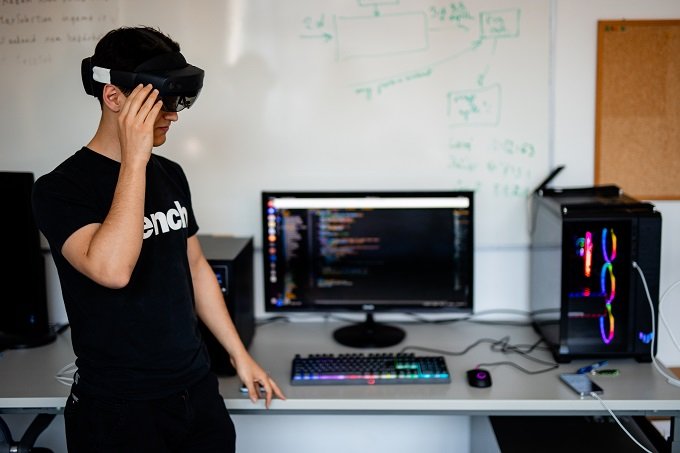
What do you think the next 10 years will bring?
The world is changing so much, and we need to keep up with these changes. For example, the trend in recent years has been a decrease in the number of Hungarian students applying for doctoral programmes. One reason for this is that salaries in industry are becoming more and more attractive, making it difficult to compete with doctoral scholarships of 140-180 thousand HUF. Two solutions to this problem have emerged in recent years. On the one hand, we have an increasing number of foreign PhD students through the Stipendium Hungaricum scholarship programme, for example, the 110th PhD graduate of the HSN Lab is an Iranian lady who defended her dissertation a few weeks ago. Another opportunity is an industrial scholarship. We have previously been involved in a project with the European Institute of Innovation & Technology (EIT), where we were able to provide substantial industrial grants to our students, also involving Ericsson. This programme is now in the process of being phased out, but fortunately a government-funded scholarship of a similar size, the National Research, Development and Innovation Office's (NRDI) Cooperative Doctoral Programme, has been launched. In 2023, BME's Faculty of Electrical Engineering and Informatics won 10 of the 150 scholarships awarded nationally, half of which were awarded to HSN Lab doctoral students for research collaborations with Ericsson. If we compare these 5 HSN KDP scholarships with the 3 at Corvinus, 3 at Óbuda University and 2 at PPKE, students from all faculty areas, we can see how effective this cooperation between Ericsson and HSN Lab is. These are good opportunities to keep students here, but what will happen in 10 years? It is unpredictable, because it depends on many things, such as the future of the university, which could determine the future of industrial cooperation.
How is cooperation in communication?
Ericsson has many products, services and results that are the result of collaboration. In the past this has not necessarily been highlighted, but we are working to improve this with Ericsson's marketing team, where they are open to highlighting the role of HSN Lab in newsworthy joint successes. And it is our job to communicate these results intensively on our own platforms.
A good example for the collaboration between HSN Lab and Ericsson is the recently completed 5GSmart EU research project, which involved international partners such as Bosch, ABB, Orange, Fraunhofer and the Universities of Valencia and Lund. In the project, HSN researchers developed and tested applications for automated guided vehicles (AGV) in real industrial environments. One of the project's pilot sites was the Bosch semiconductor factory in Reutlingen (see photo), where autonomous robotic vehicles cooperatively performed their tasks inside the assembly hall, with full intelligence and control not on the robots but in the peripheral cloud, accessed via a 5G network. 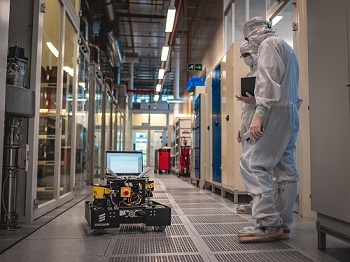 Another joint project was the development of a smart squash court, in collaboration with Ericsson, BME HSN Lab and ELTE researchers. One of the squash courts at the sports centre on Budafoki road was equipped with cameras and microphones, sensors were placed in the rackets and different images were projected onto the main wall. On the one hand, with the help of a Hungarian champion squash player, different training programmes were developed in which the player has to hit targets projected on the main wall. Meanwhile, the strength and direction of the shots and the players' movements were measured. They also created a wall-breaking game in which, where the ball hits the wall, some bricks break in the projected animation. The interesting thing about the solution was that all the intelligence, the data from cameras, microphones, sensors was again processed not locally but in the cloud, on the university's servers, in real time. |
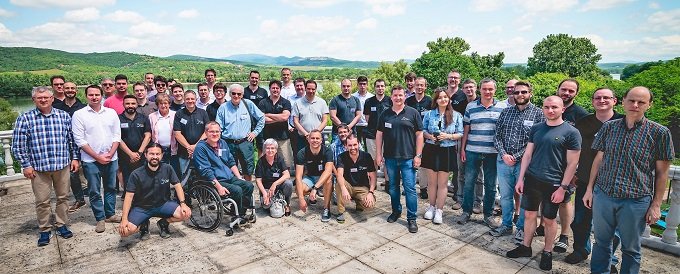
KJ-GP
photo: B. Geberle and M. Balogh
